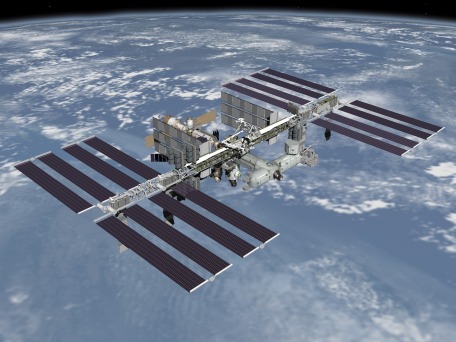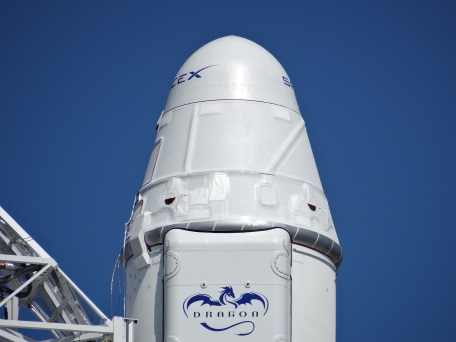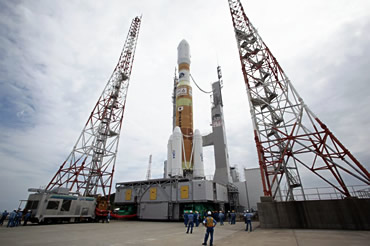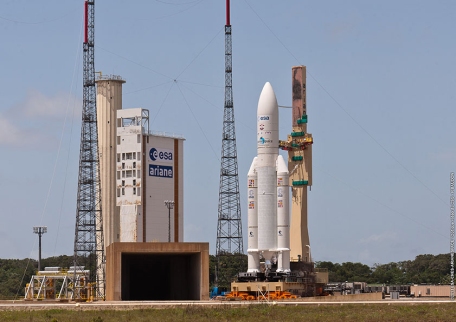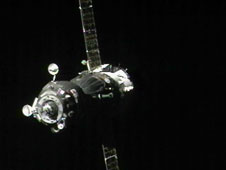One of the most intriguing aspects of the International Space Station is that after a seemingly endless period of construction, now that the orbiting outpost is fully operational, various institutions are beginning to approach both NASA and CASIS, the Center for Advancement of Science in Space, with an ever broadening range of proposals for using the facility.
The most recent of those proposals is to test some aspects of space to space power beaming, a prospective technology with a long history but a very short resume. Power beaming has long been touted as a means of enabling solar power satellites to collect and transfer free and ridiculously abundant solar power in orbit to receiving stations on the ground, generally by means of microwave transmission. Coming from the other direction, beamed power is one of the key enabling technologies in the deployment of space elevators, and was the subject of a NASA Centennial Challenge in 2009.
When used in space to space applications, it holds the potential of separating, or “unbundling” one or more of the physical systems aboard a spacecraft, and thereby achieving a meaningful savings in mass or complexity by transferring it from the spacecraft itself to a space station, or other (relatively) fixed asset which need not be accelerated at great expense. The benefits could range from the modest gains of allowing more efficient use of available mass for new and better instruments in a small satellite, to permitting other spacecraft to travel farther and faster than otherwise possible, or enable new missions altogether.
For example, early advocates in the field envisioned large space based lasers fixed on a departing spacecraft, providing acceleration from a great distance by using the beams to heat a working medium to provide thrust. Today, with a profusion of working examples of electrical propulsion, and growing list of more exotic variations such as VASIMR, beamed energy holds the potential for solving some of the more vexing mass problems and unleashing the potential of higher thrust electrical propulsion. Other extrapolations suggest the possibility of something which closely resembles one of the staples of science fiction; a tractor or repulser beam effect.
Despite the history, and the possibilities, very little work has been done thus far in actually attempting to demonstrate even pathfinder technologies in the space environment, even as major contractors have demonstrated laser beamed power for keeping drones aloft well beyond their battery life. That might be changing.
On Wednesday, Gary Barnhard, CEO of XISP-INC (Xtraordinary Innovative Space Partnerships Inc) outlined to NASA’s Future in Space Operations (FISO) working group, a series of proposals involving the International Space Station which are designed to change the common perception of what may be achievable through power beaming. Barnhard’s company is currently pursuing an unfunded Space Act Agreement with NASA, as well as talking to CASIS, about devising an experiment to beam power to what could be a distributed group of cubesats ejected from Japan’s KIBO module, an external version of NASA’s onboard SPHERE’s experiment (also the subject of a FISO presentation) or even to a departing Visiting Vehicle. For early experiments, beaming would be accomplished by a employing a microwave transmitter mounted on an external express logistics carrier.
Small steps to be sure, but perhaps another example in what might be an unfolding “Field of Dreams” effect for ISS.

